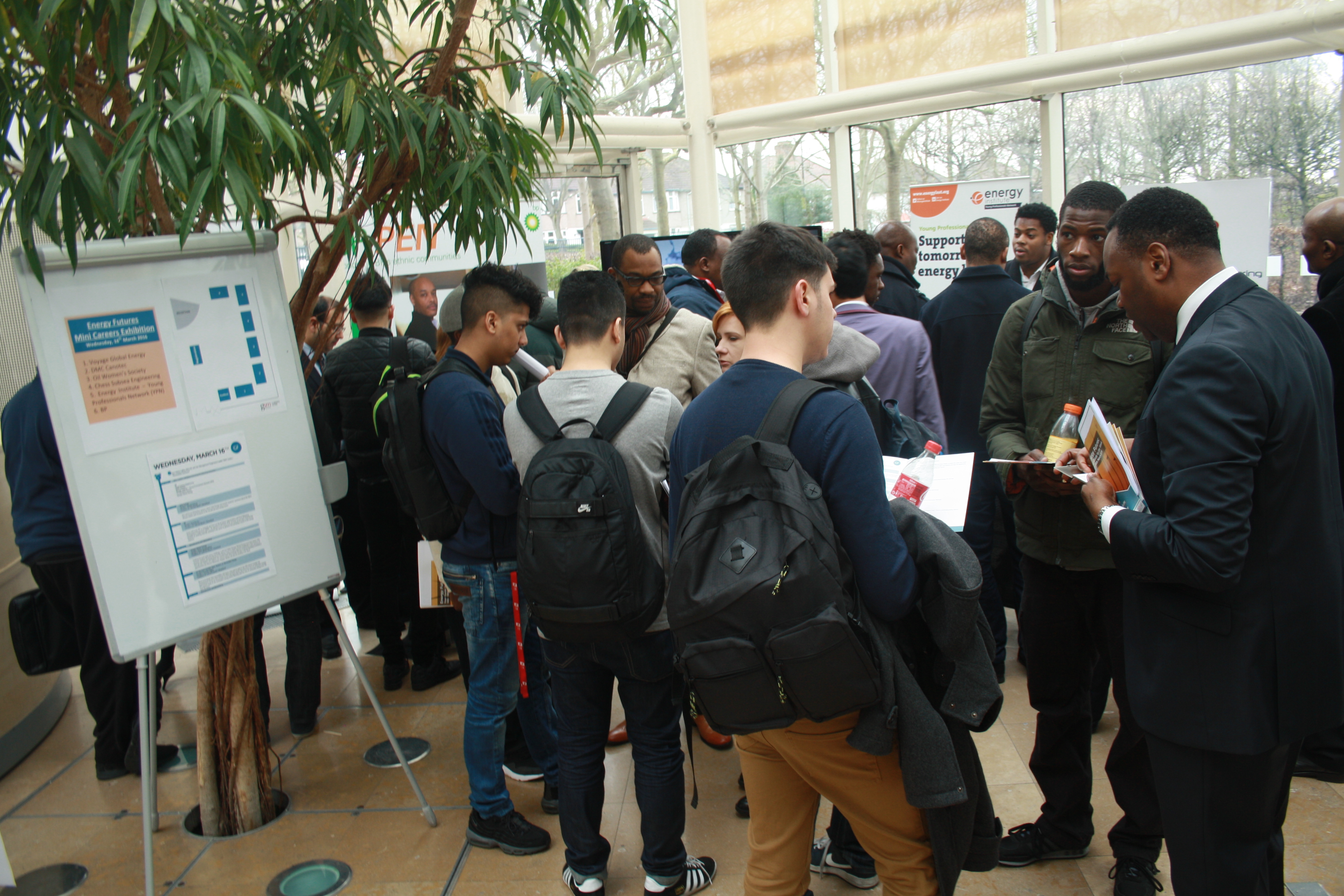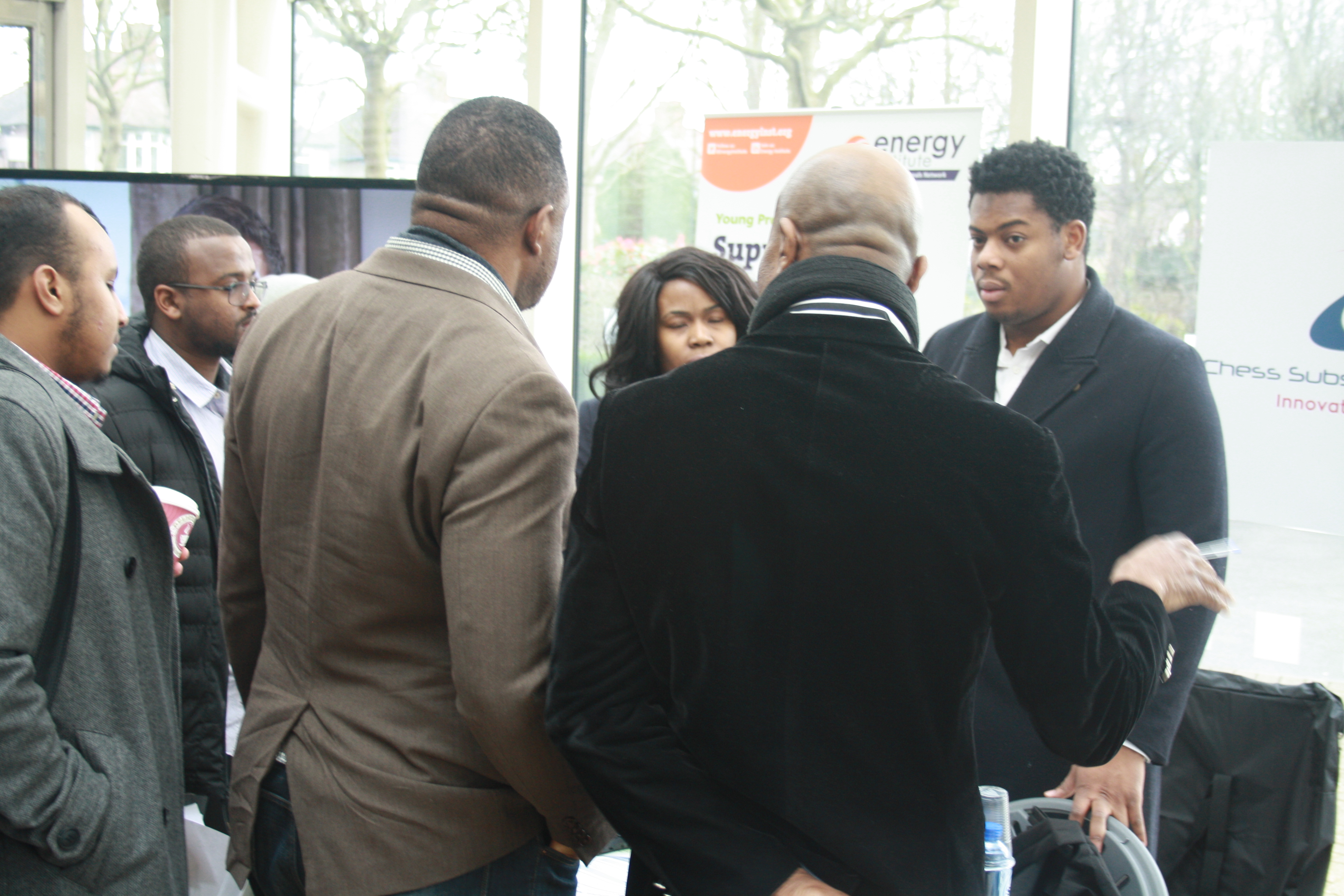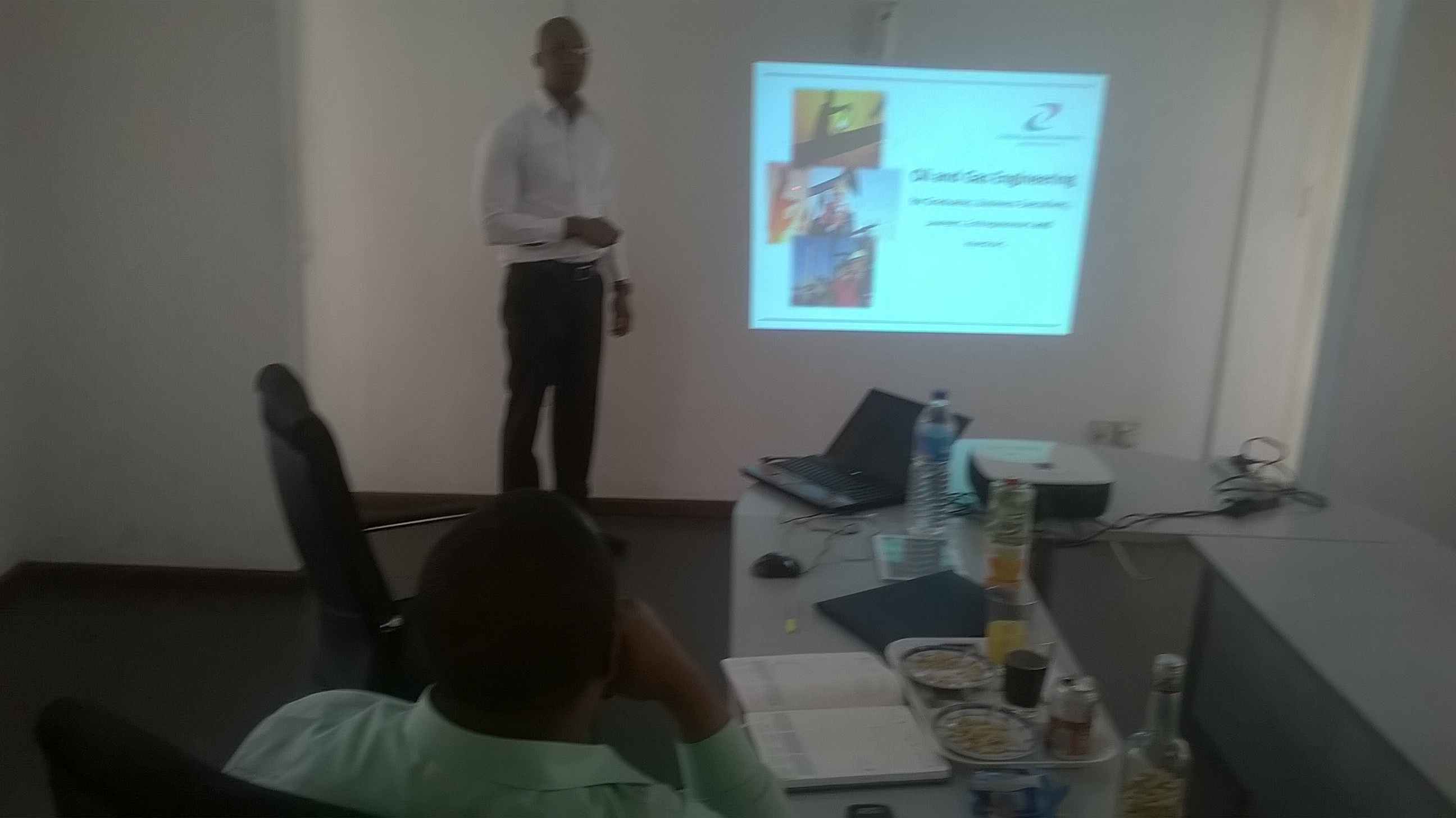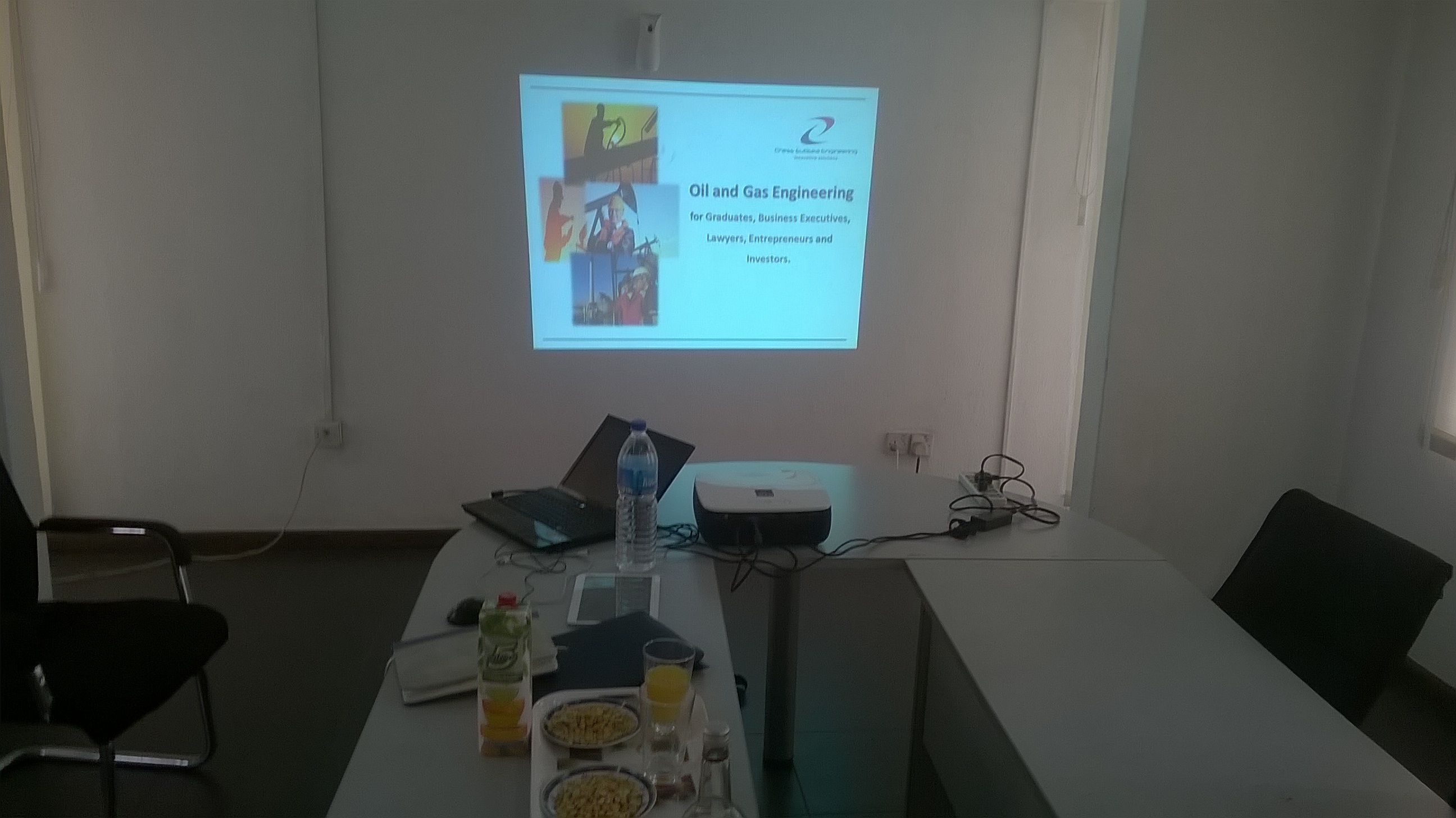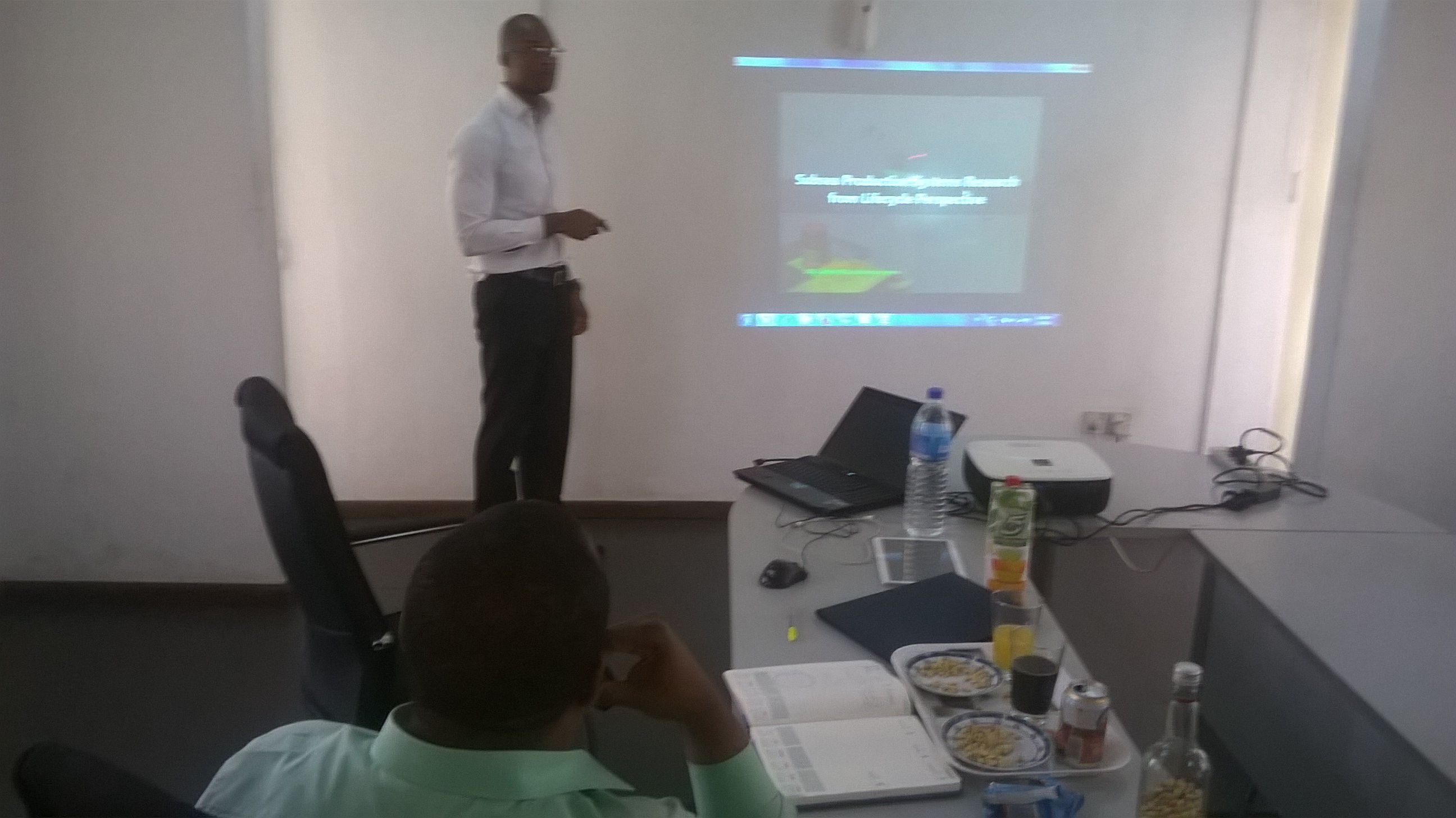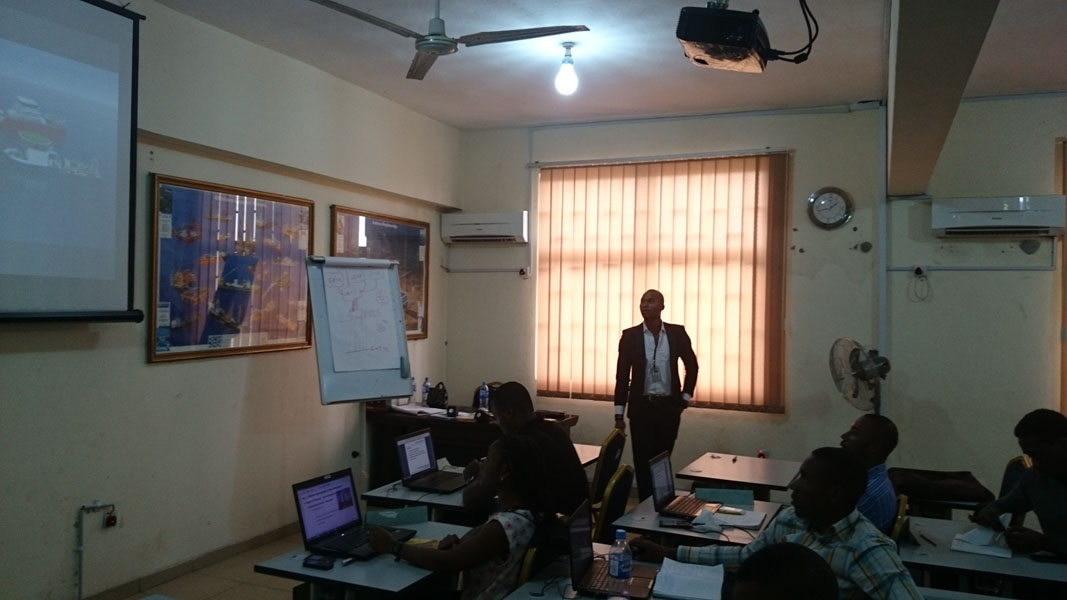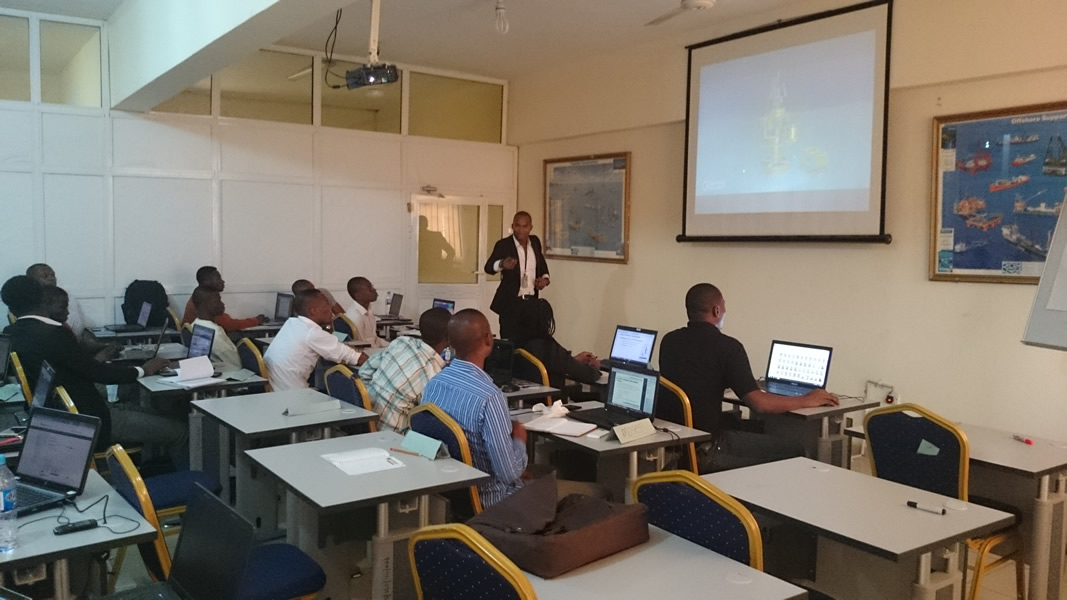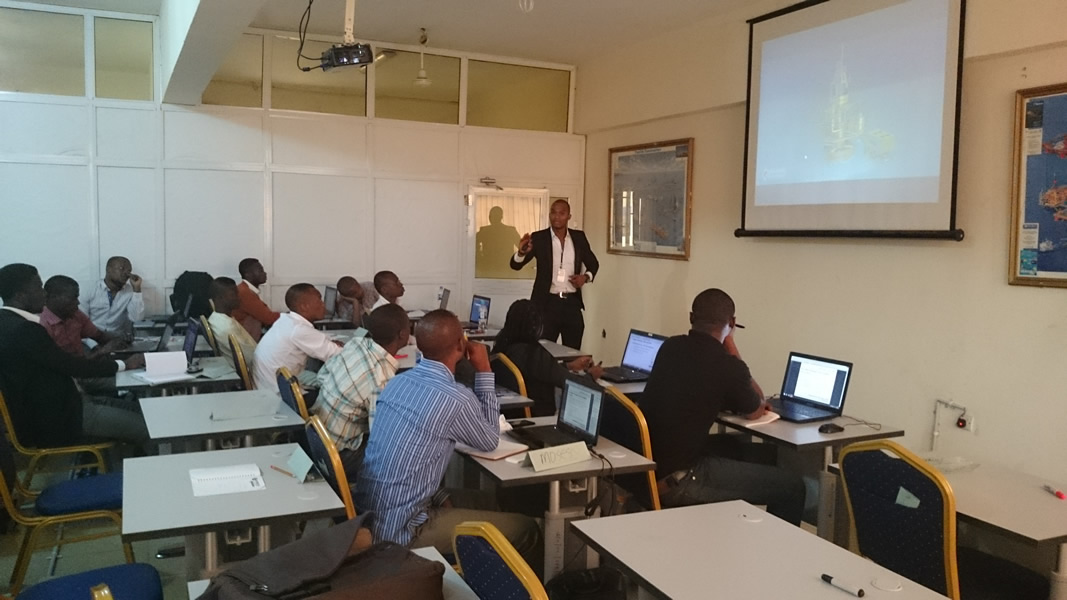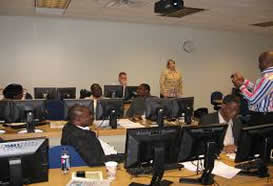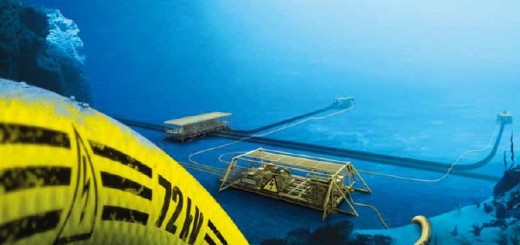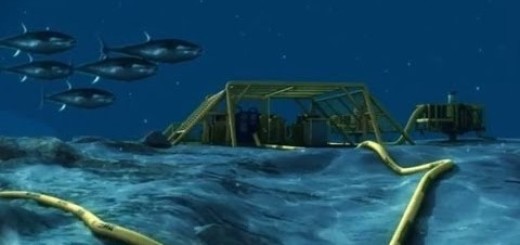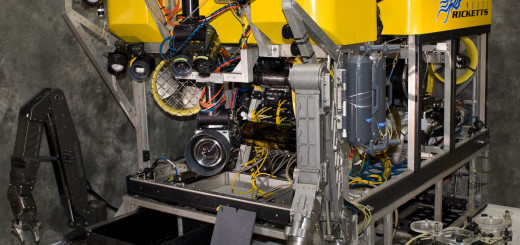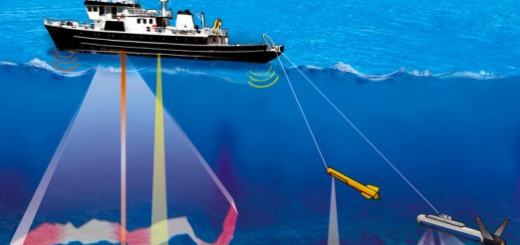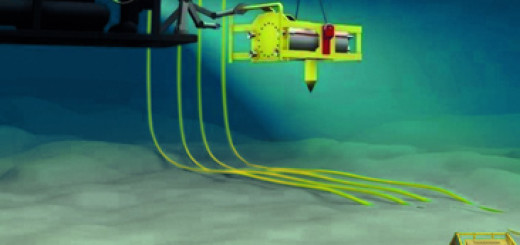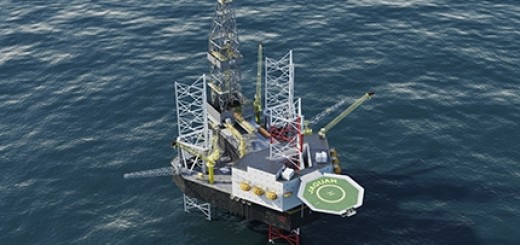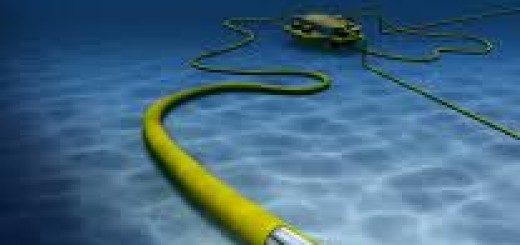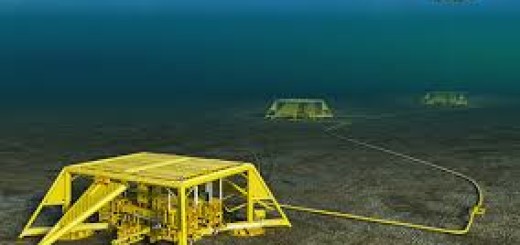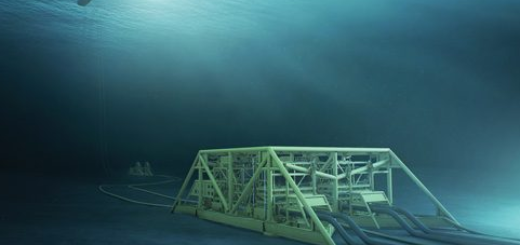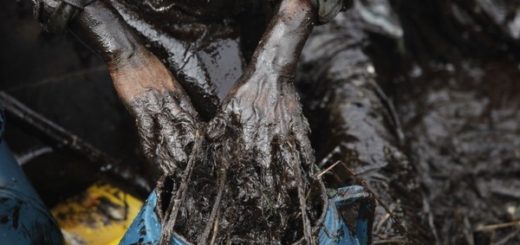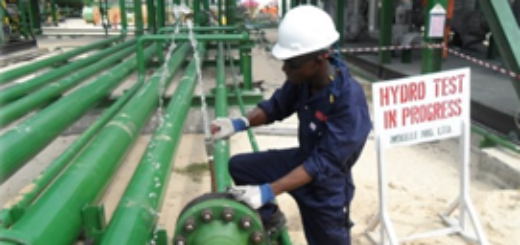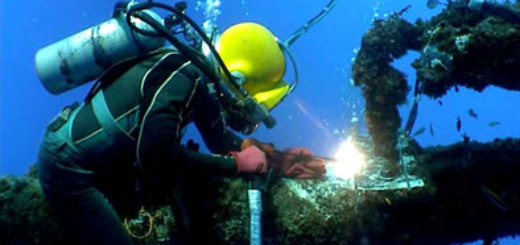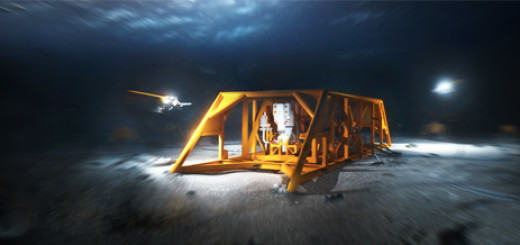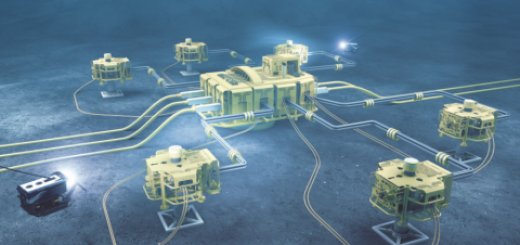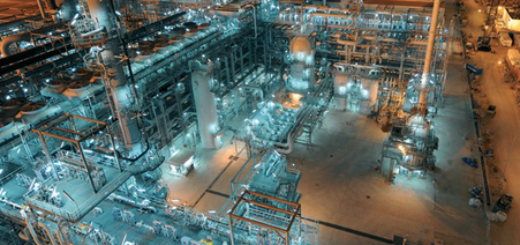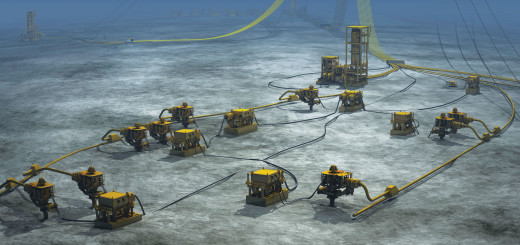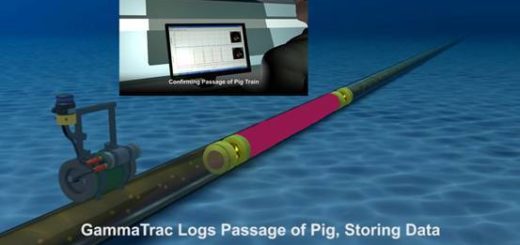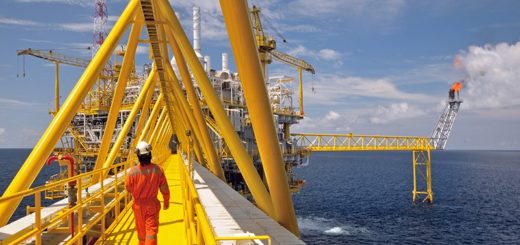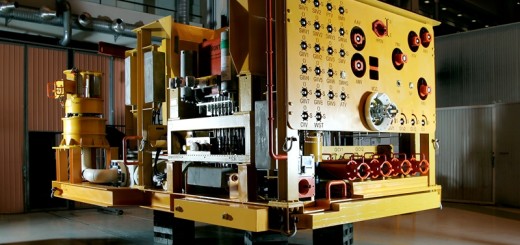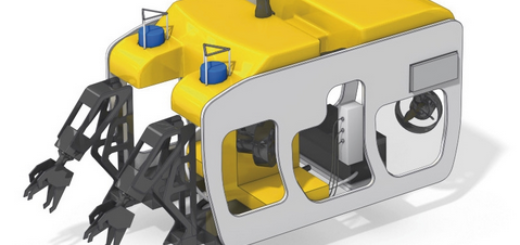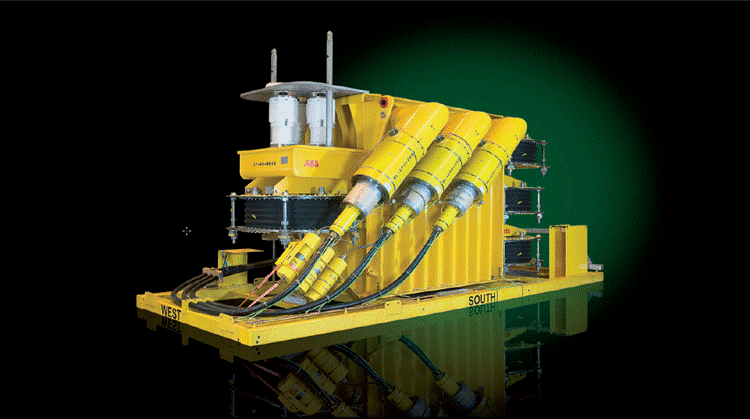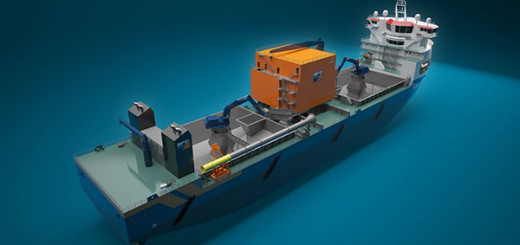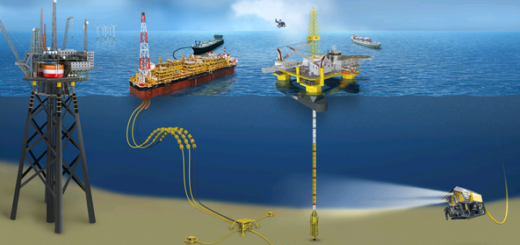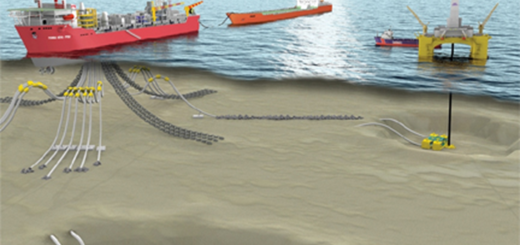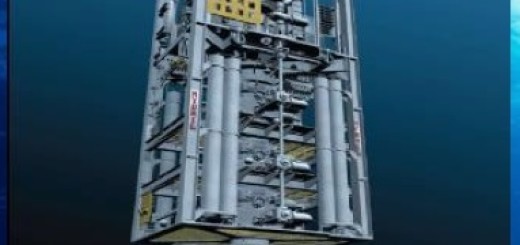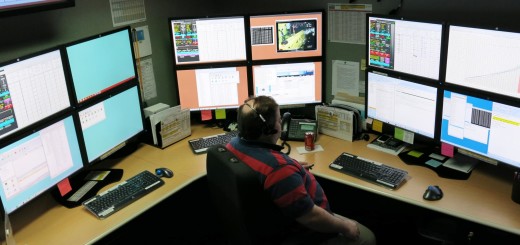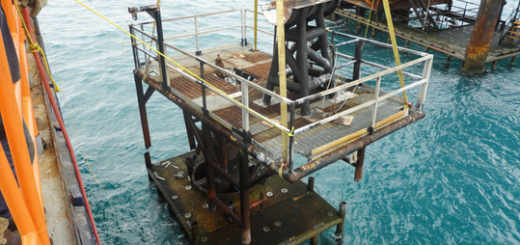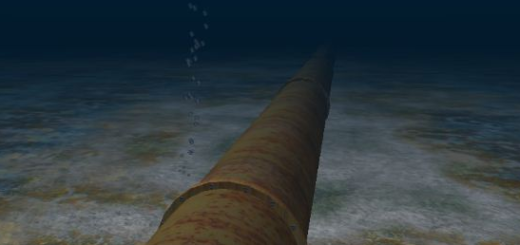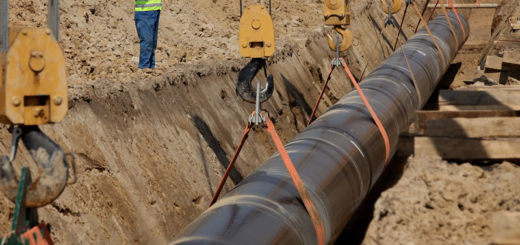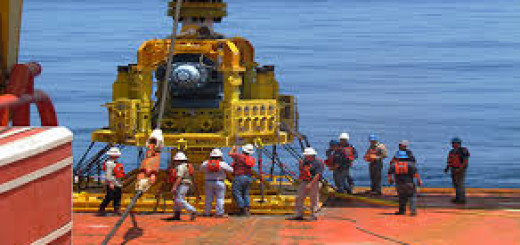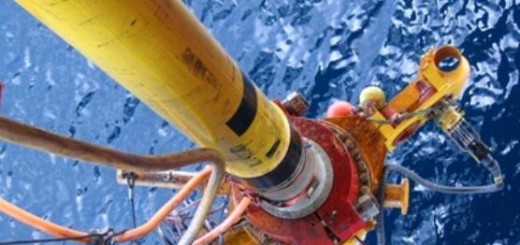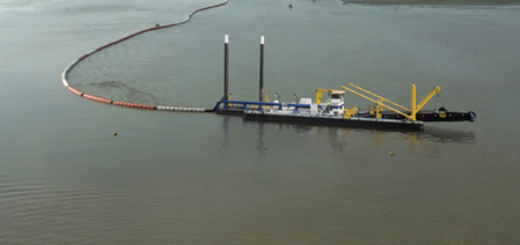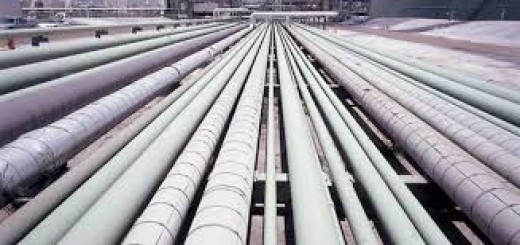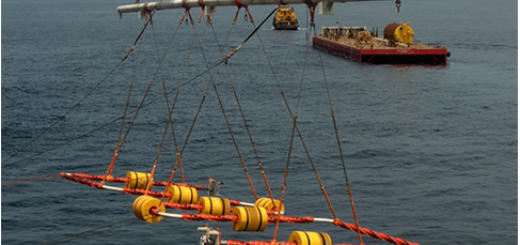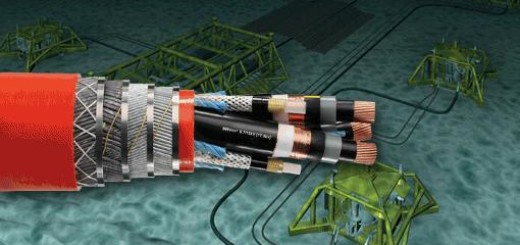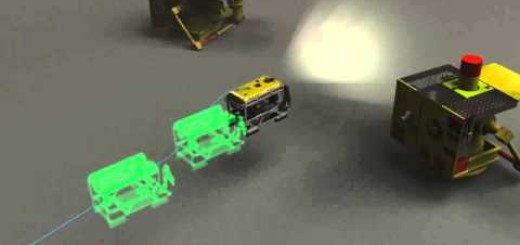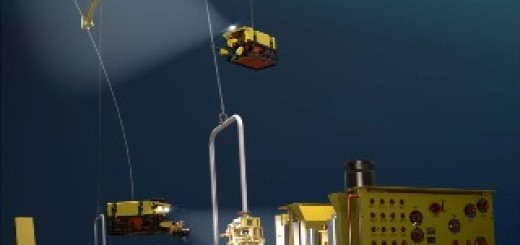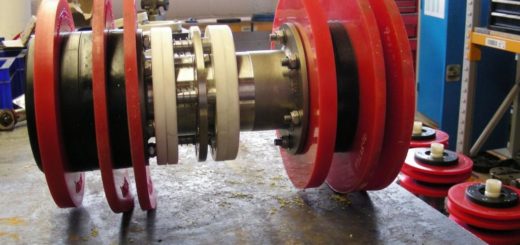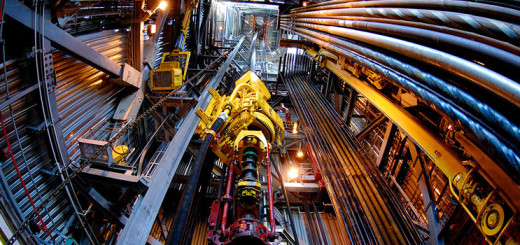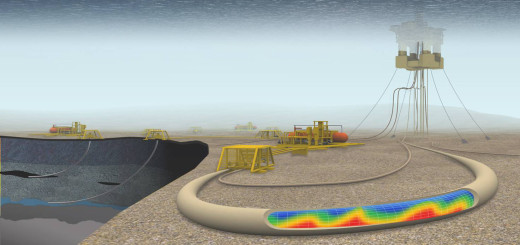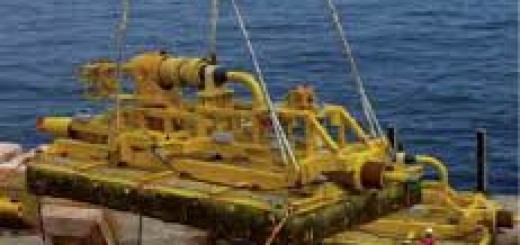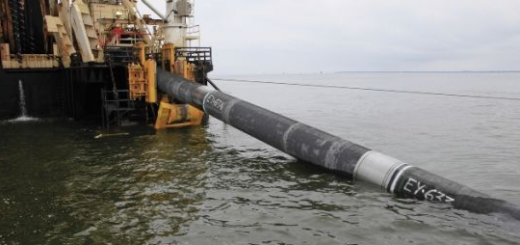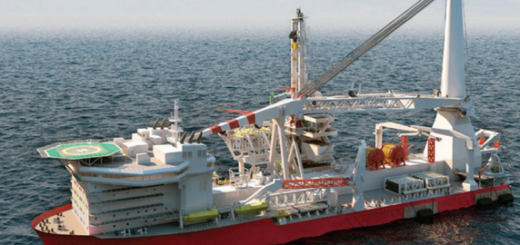Introduction to PRINCE2
Blog Objectives
The main objective of this blog is to provide an overview of the PRINCE2 Process Model.
Course Contents
This blog covers the following points:
- the trigger to start a project
- the steps when starting a project and who does what
- which documents are required
- when certain documents are created and by whom
- an overview of the major roles in the project
- how the project moves from startup, to initiation, to stages until the project is closed
- the typical inputs and outputs for each process
- how the project board controls the project
What are Projects?
A project is a unique series of actions designed to accomplish a unique goal within specific time and cost limitations (source Wikipedia).
This is different from routine operation or processes. Processes are projects that repeats itself over and over again within an organization. Processes that repeat are referred to as “business as usual” or operations (e.g., maintenance of a software application).
Prince 2 defines project as a temporary organization that is created for the purpose of delivering one or more business products according to an agreed Business Case.”
The word organization refers to the project team, the persons involved in the project and how they relate to each other. Each project has a definite start and end, so it is temporary.
The word unique refers to the fact that these series of actions have not been done before.
Business Case is the document that exists in a PRINCE2 project. It includes information such as why the project is a good idea from a business point of view, the benefits, costs and time information.
Why a Project Management Method?
Project Management deals with administration of the project.

What is PRINCE2?
PRINCE2 is a generic method for Project Management. PRINCE2 separates the management layer from the work to create the required products that the project has to produce (specialist work). This means that the same management layer can be used for different types of projects. The Management Layer refers to the organization of the project, such as Project Board, Project Manager and Teams.
PRINCE2 is principle-based, meaning that a PRINCE2 project includes 7 principles. The 7 principles are:
- Continued business justification
- Learn from experience
- Defined roles and responsibilities
- Manage by stages
- Manage by exception
- Focus on products
- Tailor to suit the project environment
Six controls / variables / six performance targets
The 6 variables / performance targets are : Timescales, Costs, Quality, Scope, Benefits and Risk.
Timescales: The question to ask for timescales: When will the project be finished?
Cost: Projects have to give a return on investment; therefore, the questions to ask are: Are the costs being controlled? and Are we within budget?
Quality: Will the product be usable at the end of the project (in other words fit for purpose)?
Scope: Is the scope well-defined and clear to all stakeholders? Care must be taken by the Project Manager to avoid scope creep, which is to allow new requirements to be added during the project.
Benefits: Why are we doing this project and what are the benefits? Benefits must be clear and known by the Project Manager, and the benefits need to be delivered.
Risk: All projects are unique and therefore have risk. How much risk can we take on and how can risk be managed?
PRINCE2 Structure
The PRINCE2 method consists of 4 main parts called Elements (also called Integrated Elements) to represent these 4 parts. These elements are:
- Principles
- Themes
- Processes
- Tailoring
Principles: PRINCE2 says that each project should consist of the 7 PRINCE2 principles (in other words, “best practices”).
Themes: Themes answer the question regarding what items must be continually addressed during each project, e.g., Business Case, Organization, Quality and Configuration Management.
Processes: Processes answer the question regarding what activities are done during the project and by whom. Processes also answers “What products are to be created and when?”
Tailoring: Tailoring answers one of the most common questions from a Project Manager, “How do I best apply PRINCE2 to my project or my environment?”
What does PRINCE2 not cover?
It’s important to note what PRINCE2 does not cover and this can be listed in 3 categories. These are:
- Specialist Aspects
- Detailed Techniques
- Leadership Capability
Specialist Aspects refers to the fact that PRINCE2 is very generic and can be applied to any type of project.
Detailed Techniques: There are many techniques that can be used during a project like “Critical Path Analysis” or how best to run a brainstorm workshop. PRINCE2 advises to choose the techniques that are suitable for your project, but it does not provide information on them.
Leadership Capability: Leadership, motivational ability and other soft skills are important for good project management, but there are many different kinds of leadership skills and styles. PRINCE2 advises to choose the best training programs that suit your particular environment.
Organization
Project Organization Introduction
There are four levels of Project Management Structure (also called “Project Organization”) as shown below.

The Project Management Team has just three levels. The top level is the Project Board level and the lower level is the Team Manager level.
Note: The project team is a temporary structure; it is created for the project and is disbanded once the project is completed.
The Corporate or Programme Management Level at the top of the Project Management Structure is outside the project, so they do not participate in the project and therefore they are not a part of the project team. Corporate or Programme Management Level can be refereed to PMO’s, which stands for Programme Management Office, and can also have other names like Programme Office and Project Office.
Previous | Next | Prince 2 Home Blog
Advanced Subsea Production System (SPS) Professional Courses
Subsea production system is associated with the overall process and all the equipment involved in drilling, field development, and field operation.
Component of Subsea production system includes: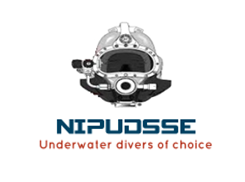
- Subsea Well Drilling Systems
- Wellhead system(s) with associated casing strings
- Subsea Christmas trees (XT) for production or injection purposes
- Subsea Umbilical Risers and Flowlines (SURF)
- Manifolds, Jumpers, Spools, Pipelines and Foundations
- Subsea Control Systems (SCS)
- Subsea Processing Systems – Boosting, Compressors, Separation & Power
The downloadable PDF below; shows relationship between subsea production systems (SPS) – Field Architecture
[pdf-light-viewer id="6598"]
Chess Subsea professional training modules is geared towards detailed understanding of subsea production system, wellheads and well control. It also focus on Reliability, Availability, Maintainability and Safety (RAMS) of these system and its integrity management.
Send your email to info@chesssubseaengineering.com
Chess Subsea Engineering Short Professional Courses – Paid
- Fundamentals of Oil and Gas Engineering for Graduates and Business Development Resource Personnel’s
- Fundamentals of Oil and Gas Offshore Engineering
- Fundamentals of Offshore & Subsea Operations Project Design and Planning
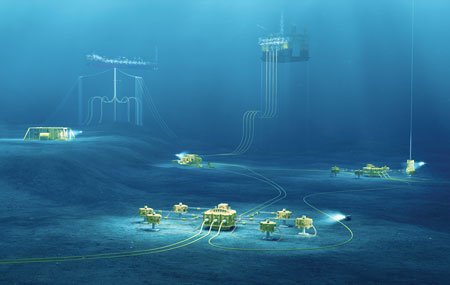
- Fundamentals of Subsea Survey, Positioning & Metrology
- Fundamentals of Subsea Engineering
- Fundamentals of Subsea Processing Systems – Boosting, Compressors, Separation & Power
- Fundamentals of Pipeline Engineering for Engineers
- Fundamentals of Subsea Flow Assurance for Engineers
- Fundamentals of Subsea Vessels & Lay Equipment
- Fundamentals of Subsea Pipelines and Structures Installation Techniques
- Fundamentals of Subsea Hoop Up and Field Commissioning – Pipeline Case Study
- Fundamentals of Isolation & Intervention Guild lines for Driver Access to Subsea Systems
- Fundamentals of Underwater Access Technology – Divers and Diverless
- Introduction to Intervention & Workover Systems used in the Subsea Production System Environment
- International Standards, Directives & Guidelines for the Subsea Oil & Gas Industry
- Subsea Topside Equipment Practices, Processes for Specifying & Sizing

- Application of Mathematical tools used for calculation & Sizing of Topside and Subsea Equipment
- Fundamentals of Valves utilized in Subsea Production Systems
- Fundamentals of Subsea Umbilicals & Control Lines
- Subsea Environment and Basic Corrosion Mechanism
- Fundamentals of Offshore Decommissioning & Abandonment
- Multiplex Subsea Control BOP Stack – Operations, maintenance, trouble shooting and job hazard analysis
- Subsea Field Development
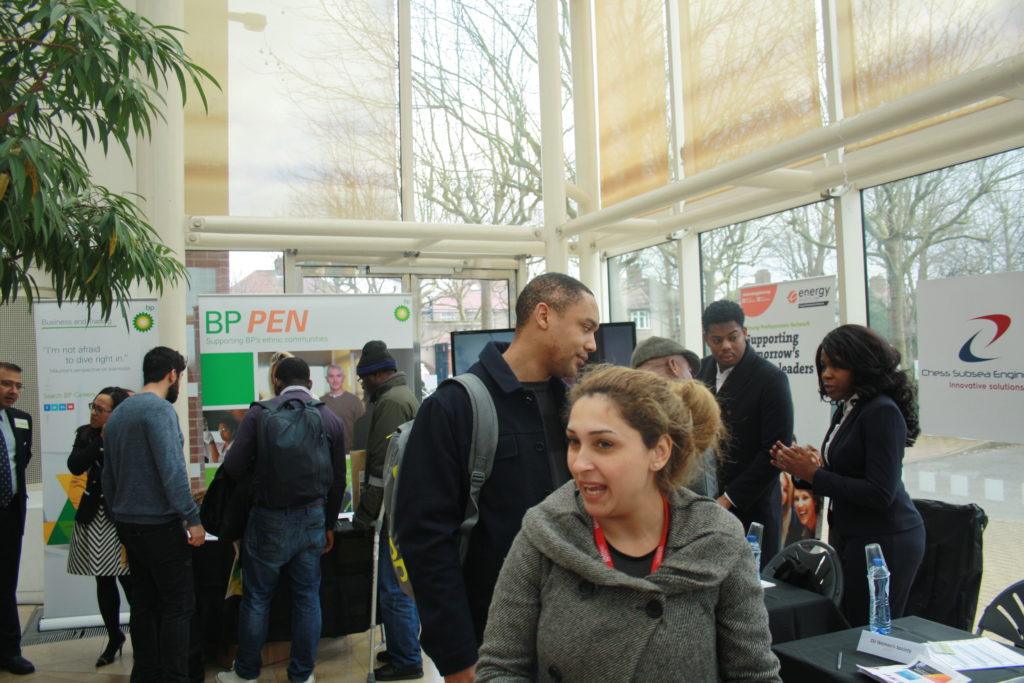
- Subsea Well Control Systems
- Subsea Distribution System
- Subsea Surveying, Positioning, Installation and Foundation
- Installation and Vessels
- Subsea Cost Estimation
- Subsea Control Systems
- Supervisory Control And Data Acquisition (SCADA) System (Advanced)
- Subsea Power Supply
- Subsea Route Selection & Free Spanning
- Stress Analysis Based Design of Pipelines
- Fundamentals of Pipeline Buckling and Collapse
- Fundamentals of Subsea Systems Environmental Assisted Cracking & Fatigue Life Prediction

- Fundamentals of Subsea Pipeline Stability
- Subsea Systems Materials and Steel Grade Selection
- Fundamentals of Subsea Systems Cathodic Protection Monitoring
- Pipeline Ancillary Equipments
- Pipeline Installation, Commissioning and Decommissioning
- Pipeline Failure, Corrosion and Insulation
- Subsea Project Execution and Interfaces
- Subsea Risk and Reliability
- Subsea Systems Risk Based Inspection
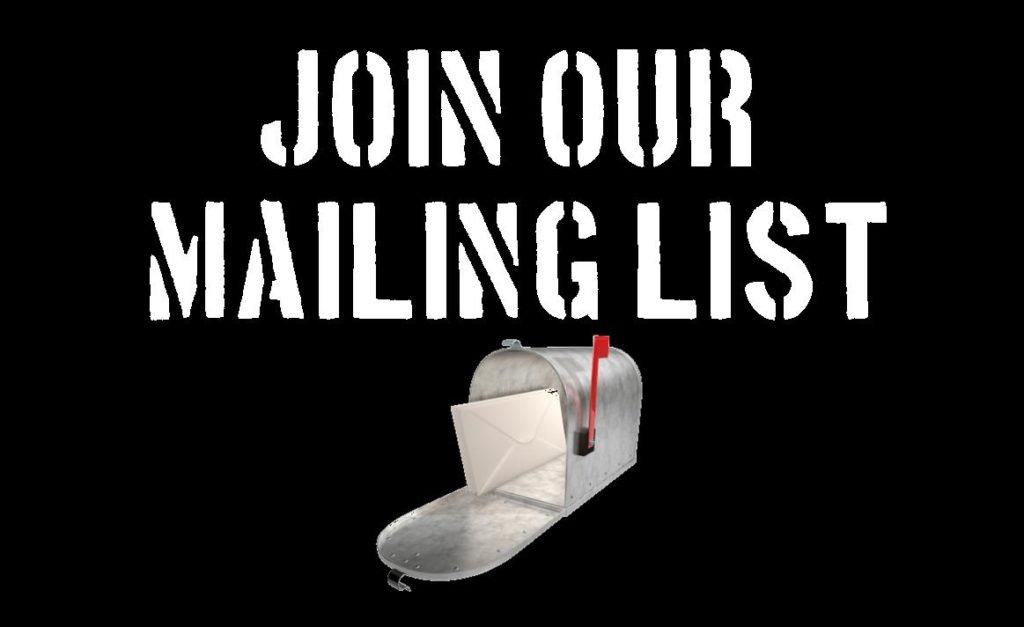
- Hydraulics
- Subsea Corrosion and Scale
- Subsea Manifolds – Engineering, Construction & Installation
- Pipeline Ends and In-Line Structures – Engineering, Construction & Installation
- Subsea Connections and Jumpers – Engineering, Construction & Installation
- Subsea Wellheads and Trees – Engineering, Construction & Installation
- ROV Intervention and Interface
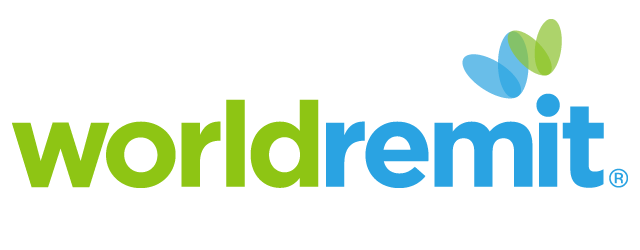
- Subsea Umbilical Systems – Engineering, Construction & Installation
- Drilling Risers – Engineering, Construction & Installation
- Subsea Production Risers – Engineering, Construction & Installation
- Advanced Pipeline Engineering – Construction, Installation and Operations
Chess Subsea Engineering Operations Management Courses – Paid
- Oil & Gas HSE Management

- Fundamentals of Pipeline Pre-Commissioning Operations Management
- Fundamentals of Pipeline Cathodic Protection Operations Management
- Introduction to Pipeline Construction Operations Management
- Introduction to Pipeline Leak Repair Operations Management
- Introduction to Pipeline Pigging Operations Management
- Oil & Gas Operations Quality Management for Project Teams
Chess Subsea Engineering Oil and Gas Contracting Courses – Paid
Chess Subsea Engineering Oil Spill Response & Cleanup Courses – Paid
Chess Subsea Engineering Dredge Operations Management Courses – Paid
Testimonials
“I have passed online course – Fundamentals of Subsea Engineering – provided by Chess Subsea Engineering  Company. Found it very useful and informative. Communication with personnel was prompt and effective. This Course – was exactly what I needed at the moment. I’m happy to use gained knowledge on practice once I’m back offshore. Looking forward to get more professional knowledge from Chess Subsea Engineering” – Dmitrij Panfilov (Lithuania)
Company. Found it very useful and informative. Communication with personnel was prompt and effective. This Course – was exactly what I needed at the moment. I’m happy to use gained knowledge on practice once I’m back offshore. Looking forward to get more professional knowledge from Chess Subsea Engineering” – Dmitrij Panfilov (Lithuania)
“I have worked closely with Engr. Oseghale Okohue on Oil & Gas Business Development ideas and initiatives and  found him to be industrious, innovative and highly entrepreneurial. I have personally gained a helicopter view of the Oil and Gas production system business (onshore & offshore) from our interactions and consider him a unique resource person. – Dr Micheal Ebenede, Business Development Manager, Abbeycourt Energy Services Limited (AESL), Nigeria
found him to be industrious, innovative and highly entrepreneurial. I have personally gained a helicopter view of the Oil and Gas production system business (onshore & offshore) from our interactions and consider him a unique resource person. – Dr Micheal Ebenede, Business Development Manager, Abbeycourt Energy Services Limited (AESL), Nigeria
“I have completed the online course – Fundamentals of Oil and Gas Engineering for Graduates and Business  Development Resource Personnel’s. The training was well packaged and the training materials were professionally prepared. I must commend Chess Subsea Engineering!” – Justina Huntersson, Logistic Assistance, Temile Offshore, Nigeria
Development Resource Personnel’s. The training was well packaged and the training materials were professionally prepared. I must commend Chess Subsea Engineering!” – Justina Huntersson, Logistic Assistance, Temile Offshore, Nigeria
 “Chess Subsea Engineering is an online organization that delivers as promise. A great business partner you can rely on. They are well vast and experience in subsea activities such as Processing, Production, Project Interface Management, Contracts, Training Seminars, Business Development and whatever you looking for in the oil and gas, just call on them. We at NIPUDSSE are pleased to partner with Chess Subsea Engineering and I believe, NIPUDSSE and CHESS SUBSEA ENGINEERING are fully positioned. I am pleased to indeed recommend them” – Bart H.A Okafor, founder / Sr. commercial underwater subsea diver, NIPUDSSE, Nigeria
“Chess Subsea Engineering is an online organization that delivers as promise. A great business partner you can rely on. They are well vast and experience in subsea activities such as Processing, Production, Project Interface Management, Contracts, Training Seminars, Business Development and whatever you looking for in the oil and gas, just call on them. We at NIPUDSSE are pleased to partner with Chess Subsea Engineering and I believe, NIPUDSSE and CHESS SUBSEA ENGINEERING are fully positioned. I am pleased to indeed recommend them” – Bart H.A Okafor, founder / Sr. commercial underwater subsea diver, NIPUDSSE, Nigeria
Send your email directly to Subsea Production Systems Training Division at sps@chesssubseaengineering.com for course payment
Subsea Field Development Engineering Support In House Courses
- Offshore Systems Decommissioning and Abandonment
- Offshore Project Engineering Procurement and Construction (EPC) Management
- Subsea Systems Asset Integrity Management
- Advanced Subsea Production Control System
- Advanced MUX BOP Control System
- FMECA of Subsea Control Module System and Sub components
- FMECA of Subsea XT System and Sub components
- FMECA of Subsea MUX BOP System and Sub equipment
- Subsea Production Systems Reliability Engineering (i.e. XT, MUX BOP, SCM, Jumpers, Spools, Risers, Manifolds, SDUs etc.)
- Hydraulic Power Unit Reservoir Sizing for Existing and New Field
- XT Components Selection
Chess Subsea Engineering Short Professional Training Gallery
Click here to Subscribe to our Free Monthly Online Training
Chess Subsea Engineering Free Professional Courses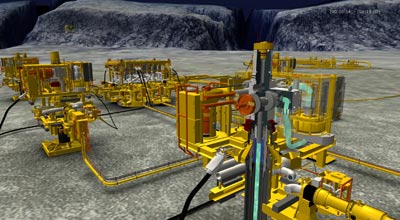
- A brief history of Health Safety Legislation – United Kingdom
- Oil and Gas Engineering for Undergraduates, Graduates & Business Development Team
- Introduction to Subsea | Offshore EPIC Project Interface
- Introduction to Subsea Production Systems
- Subsea Production System (SPS) Building Block
- Fundamental Building Block of Subsea Processing System
- Subsea Equipment Trends | Host Facilities | Installation Vessel | Tree Interface that Govern Design | XT Installation Techniques
- Subsea Intervention Operation Vessels
- Introduction to Subsea XT – Part 1
- Introduction to Subsea XT – Part 2
- Introduction to Subsea XT – Part 3

- Introduction to Subsea XT – Part 4
- Introduction to Subsea XT – Part 5
- Introduction to Subsea XT – Part 6
- Introduction to Subsea Xmas Tree (Advanced) – Part 7
- Introduction to Subsea Control System – Part 1
- Introduction to Subsea Control System – Part 2
- Introduction to Subsea Control System – Part 3
- Introduction of Subsea Control System – Part 4
- Introduction to Subsea Control System – Part 5
- Floating Production, Storage and Offloading (FPSO) Facilities
- General Specifications for Subsea Systems and Offshore Structures – Part 1
- Introduction to System Reliability Engineering
- Measurement of System Reliability Part 1

- Measurement of System Reliability Part 2
- Measurement of System Reliability – Part 3
- System Reliability and Risk Management Methodology
- System Design for Reliability
E-Course: Subsea Survey, Subsea System Installation and Subsea Control – Available Online 24 / 7
Explore Our Free Offshore Pipeline Training Modules
- Introduction to Offshore Pipeline

- Introduction to Pipeline Design
- Pipeline Performance Requirements
- Introduction to Offshore Pipelines Failures
- Offshore Pipeline Failure – External Corrosion
- Offshore Pipeline Cathodic Protection Design
Explore Our Free Management Development Training Modules
- Market Research – Part 1

- Business Development Plan – Part 2
- Cash Flow Management – Part 3
- Marketing – Part 1
- Component of Marketing – Part 2
- Creating a Brand – Part 3
Explore Our Free Oracle Primavera 6.0 PM Training Modules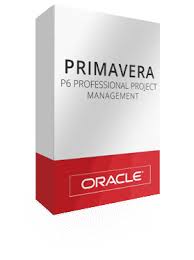
- Introduction to Project Management (PM) and Software’s
- Introduction to Oracle Primavera P6 Project Management (PM)
- Introduction to Primavera P6 Enterprise Project Manager (PM) Work Space
- Structuring of Project with Oracle Primavera P6 Project Management (PM)
- Advanced Techniques for Constructing Complex Project Activity Network


